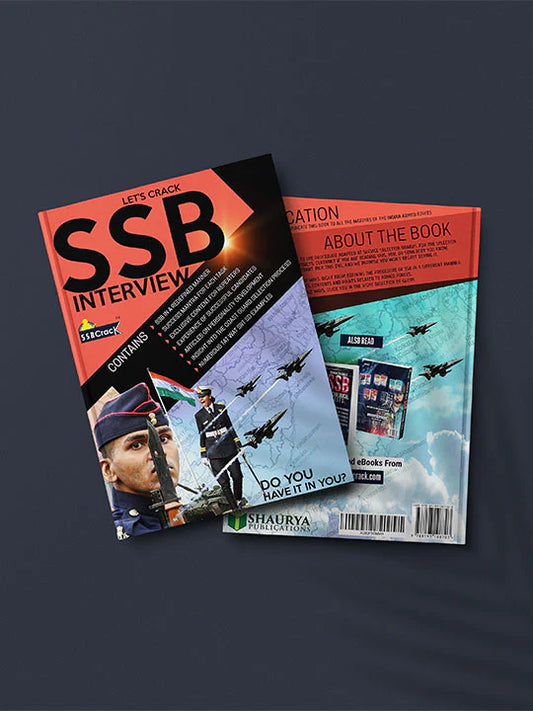Ranks in Indian Air Force - Detailed Guide to Ranks & Insignia

The Indian Air Force (IAF) stands as one of the most respected and formidable branches of the Indian Armed Forces. Renowned for its high operational standards and commitment to excellence, the IAF operates a well-defined rank structure, ensuring clarity in command and operational efficiency. Understanding these ranks and insignia provides insight into the hierarchical framework that enables the IAF to function seamlessly. This article delves deeply into the ranks of the Indian Air Force, exploring their significance, structures, and the nuances that accompany each rank within this esteemed force.
Historical Context
The Indian Air Force was established on October 8, 1932, initially as a small cadre under British rule. The evolution of the rank structure reflected the changes in capabilities and technology over decades. Post-independence, the IAF has not only expanded its fleet and technology but has also seen an evolution in ranks that accommodates the growing complexity and demands of modern air warfare.
The rank structure draws its inspiration fundamentally from the Royal Air Force of the United Kingdom, yet it has developed its unique identity and significance within the realm of Indian geopolitics and defence.
Overview of the Rank Structure
The rank system of the Indian Air Force is categorized into three components: Airmen, Warrant Officers, and Officers, each signifying a different level of responsibility, expertise, and command.
- Airmen
- Warrant Officers
- Officers
Each category includes various ranks, with corresponding insignia that visually represent an individual's position and responsibilities within the IAF hierarchy.
Airmen Ranks
Airmen serve as the backbone of the Indian Air Force. Comprised of skilled technicians, ground staff, and support personnel, they play a pivotal role in carrying out operations efficiently.
Aircraftsman (AC)
- Overview: The rank of Aircraftsman is typically assigned to trainees who are beginning their journey in the IAF.
- Salary: ₹21,700 – ₹69,100.
- Insignia: One stripe with the IAF emblem.
Leading Aircraftsman (LAC)
- Overview: Serving as the second-lowest rank, LAC is akin to a lance corporal in the Army and a leading seaman in the Navy.
- Salary: ₹21,700 – ₹69,100.
- Insignia: One stripe with a star above.
Corporal
- Overview: Corporals act as non-commissioned officers, bridging the gap between airmen and higher-ranking officers. Their expertise is crucial in overseeing day-to-day operations.
- Salary: ₹25,500 – ₹81,100.
- Insignia: Two stripes.
Sergeant
- Overview: Sergeants hold substantial responsibility and are tasked with maintaining discipline and managing personnel.
- Salary: ₹29,200 – ₹92,300.
- Insignia: Three stripes.
Warrant Officers Ranks
Warrant Officers are senior non-commissioned officers who possess extensive experience and specialized skills, often acting as mentors to junior personnel.
Junior Warrant Officer (JWO)
- Overview: JWO is equivalent to a Chief Petty Officer in the Navy and a Subedar in the Army, signifying a higher level of leadership.
- Salary: ₹35,400 – ₹112,400.
- Insignia: A crown with a wreath beneath.
Warrant Officer (WO)
- Overview: A Warrant Officer's role entails advising and supporting commanding officers and ensuring operational readiness.
- Salary: ₹39,500 – ₹131,100.
- Insignia: A crown with two wreaths.
Master Warrant Officer (MWO)
- Overview: As the highest non-commissioned officer rank, MWOs exemplify experience and leadership, significantly influencing operations.
- Salary: ₹45,000 – ₹142,400.
- Insignia: A crown with three wreaths, often representing mastery in their field.
Officers Ranks
The officer cadre of the IAF is responsible for strategic decision-making and leadership, with ranks extending to various command levels.
Flying Officer
- Overview: The Flying Officer rank is the starting point for commissioned officers in the IAF, involving training and foundational responsibilities.
- Salary: ₹56,100 – ₹177,500.
- Insignia: One star.
Flight Lieutenant
- Overview: Flight Lieutenants are responsible for various operational tasks and can command smaller units within the IAF.
- Salary: ₹61,300 – ₹193,900.
- Insignia: One star with a “wing” insignia.
Squadron Leader
- Overview: Squadron Leaders primarily command a squadron, leading missions and overseeing operations.
- Salary: ₹69,400 – ₹207,200.
- Insignia: Two stars.
Wing Commander
- Overview: The rank of Wing Commander is equivalent to a Lieutenant Colonel in the Army, responsible for larger units and critical missions.
- Salary: ₹1,21,200 – ₹2,12,400.
- Insignia: A star and a “wing” insignia.
Group Captain
- Overview: Acting as commanding officers for a group, these officers play pivotal roles in strategy and command.
- Salary: ₹1,30,600 – ₹2,15,900.
- Insignia: An eagle above a “wing” insignia.
Air Commodore
- Overview: As the most junior one-star officer, Air Commodores have significant leadership authority akin to a Brigadier in the Army.
- Salary: ₹1,39,600 – ₹2,17,600.
- Insignia: A star with wings.
Air Vice Marshal
- Overview: Air Vice Marshals hold considerable influence, managing extensive operations and strategic initiatives.
- Salary: ₹1,44,200 – ₹2,18,200.
- Insignia: Two stars with wings.
Air Marshal
- Overview: A three-star rank requiring vast experience and expertise, Air Marshals direct major branches of the IAF.
- Salary: Not explicitly stated, but falls under higher pay scales.
- Insignia: Three stars with wings.
Air Chief Marshal
- Overview: The highest active rank in the IAF, the Air Chief Marshal oversees all air operations and represents the IAF at national and international levels.
- Salary: ₹2,25,000.
- Insignia: Four stars with wings.
Marshal of the Indian Air Force
- Overview: This is the highest honorary rank, conferred under exceptional circumstances, with only one recipient, Arjan Singh.
- Insignia: Unique insignia representing its honorary status.
Allowances and Perks
Beyond basic pay, IAF personnel receive a comprehensive array of allowances and perks, aimed at ensuring their well-being and operational readiness. These include:
- Military Service Pay (MSP): ₹15,500 per month.
- Flying Allowance: Offered for personnel engaged in flying operations.
- Transport Allowance (TA): For commuting to and from duty.
- Field Area Allowance: For personnel deployed in operational areas.
- Dearness Allowance (DA): Provides relief against inflation.
- House Rent Allowance (HRA): Accommodation support.
- Children Education Allowance (CEA): Assistance for educational expenses of children.
Rank Structure and Insignia
The rank insignia in the IAF serves as a visual identifier of an individual’s rank. It is essential for maintaining order and discipline. Understanding these insignia is vital not only for personnel within the IAF but also for the general public, as they represent the values of hierarchy, service, and commitment.
Case Studies and Real-world Applications
Instances of valor and operational efficiency within the ranks of the IAF underscore the importance of the rank structure. Consider the exemplary service of Wing Commander Abhinandan Varthaman during the 2019 Balakot airstrikes. His valor and the subsequent engagement in aerial combat not only highlighted the robust training imparted within the ranks but also showcased the IAF's operational synergy.
Statistical Data and Research Insights
As of 2023, the IAF comprises approximately 140,000 active personnel. With a fleet of around 600 aircraft, it remains one of the largest air forces in the world. These statistics reflect not only the size of the IAF but also the need for a well-defined structure of ranks, ensuring effective recruitment, training, and operational capacity.
Challenges and Solutions
Despite its illustrious reputation, the IAF faces challenges in recruitment, retention, and modernization of its personnel. The evolving landscape of air power and technological advancements demand continuous updates to training methodologies and rank responsibilities.
To address these issues, the IAF is investing in leadership programs that emphasize skill development and command capabilities among junior ranks. Additionally, efforts to enhance job satisfaction through better remuneration and promotion pathways are ongoing, aiming to retain experienced personnel while attracting fresh recruits.
Future Trends and Predictions
The future of the IAF ranks will likely see further integration of technology, with emphasis on cyber warfare and unmanned aerial systems. As operational demands evolve, so will the training and skills required at various ranks. The roles within the officer cadre will also expand, aligning with international standards and modern warfare strategies.
Conclusion
The rank structure of the Indian Air Force is not merely a hierarchy; it is a foundational framework that upholds the principles of leadership, accountability, and excellence. Each rank carries with it a legacy of commitment and service, ensuring that the IAF remains a formidable force in the pursuit of national security. As the IAF embraces modernization and adapts to the challenges of contemporary warfare, the importance of its ranks and insignia will only grow, signifying not only the status of an individual but also the values.
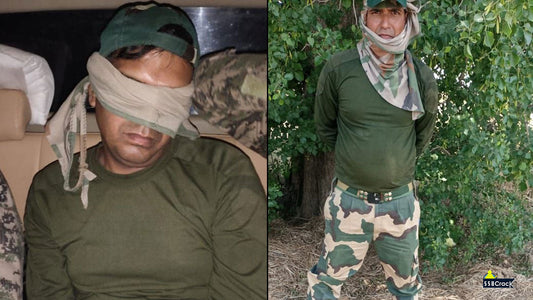
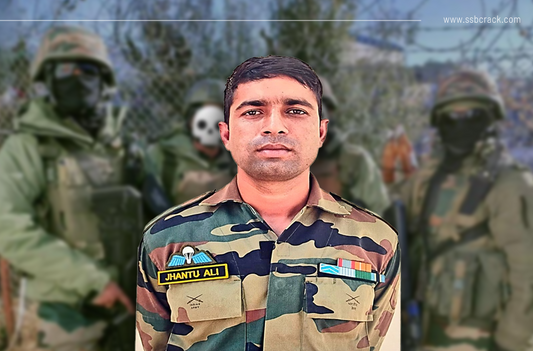



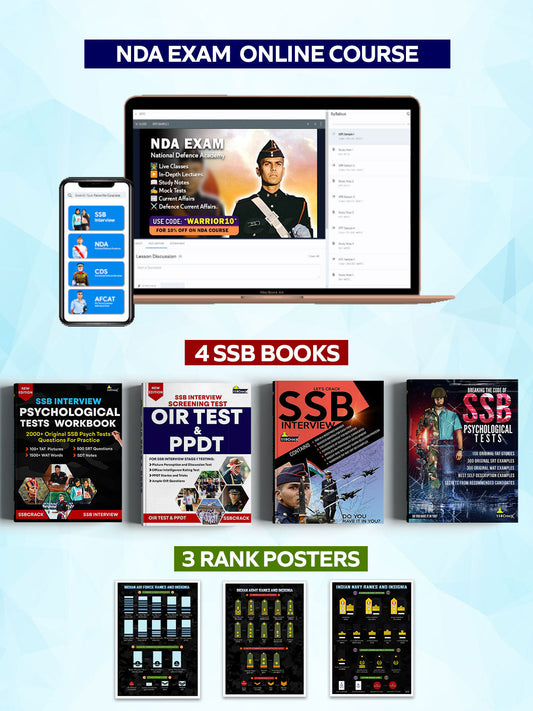






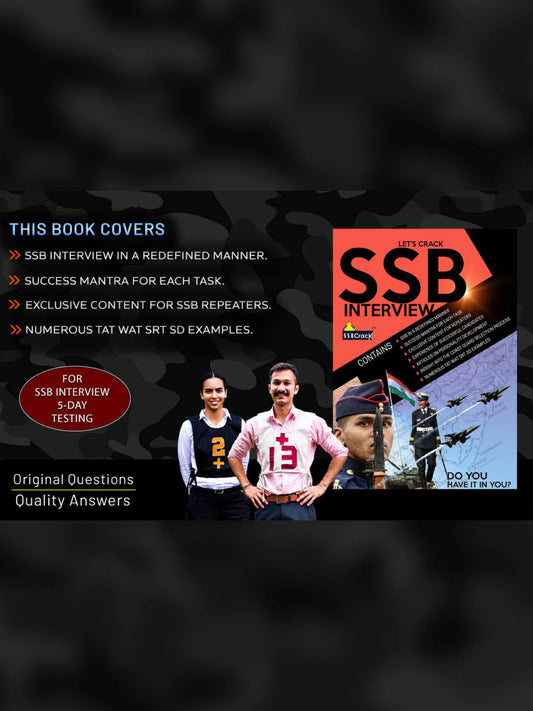
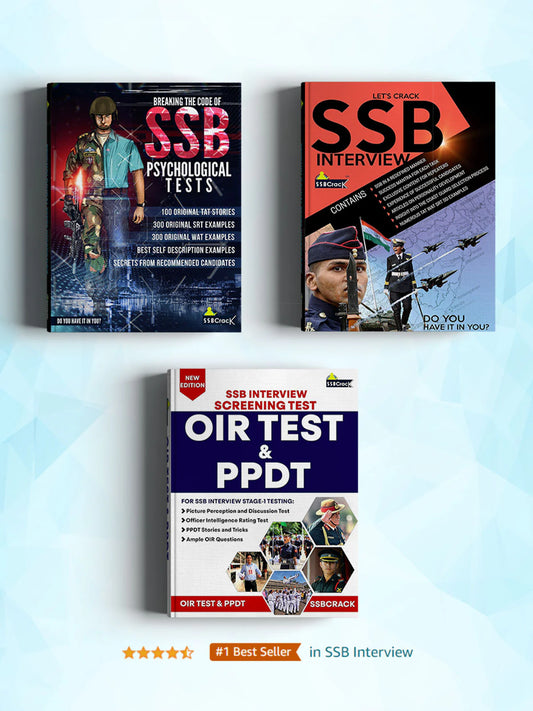
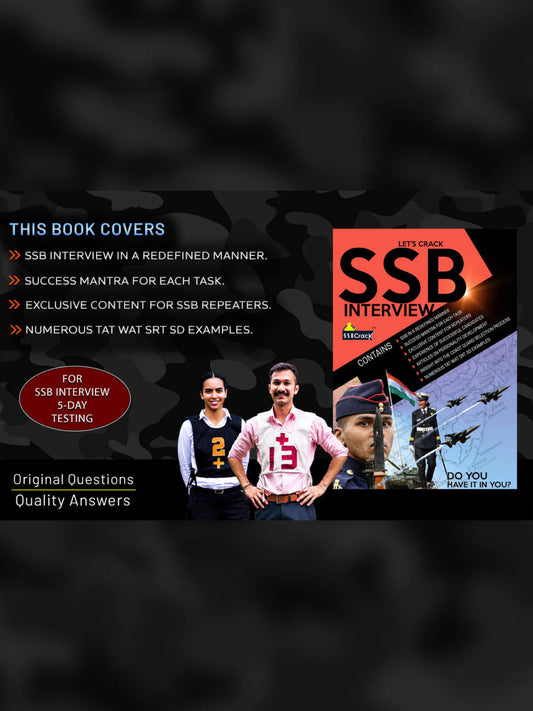
![Let's Crack SSB Interview Book [Paperback]](http://shop.ssbcrack.com/cdn/shop/files/ssb-books.webp?v=1736351621&width=533)
